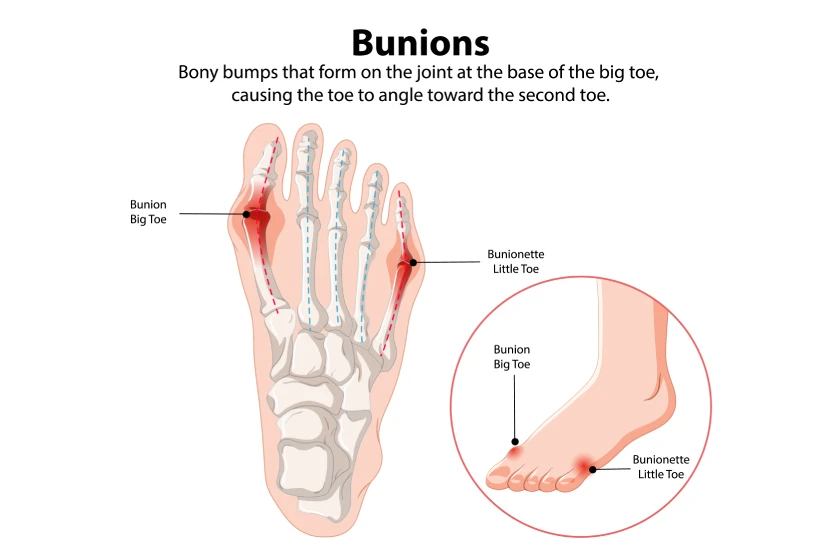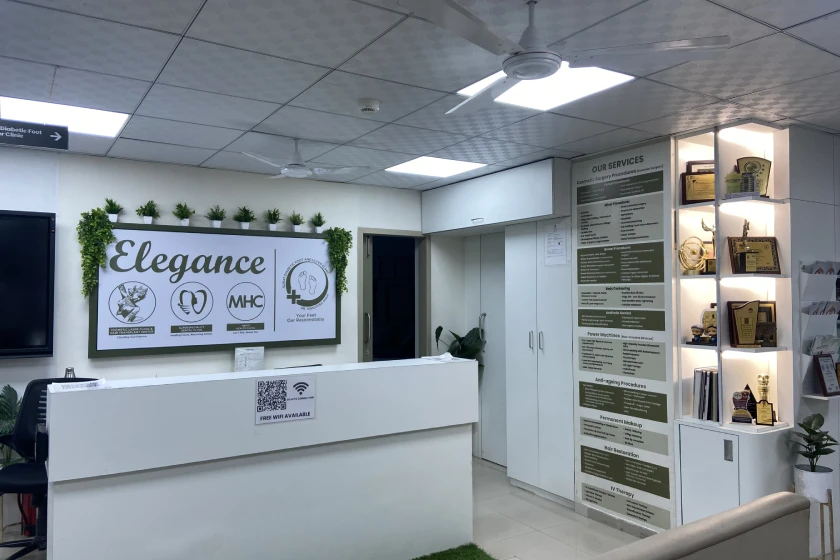Gangrene vs. Ulcers: Key Differences Explained
Wounds can tell stories. Some heal quietly. Others demand urgent attention. Among the many conditions that affect the skin and deeper tissues, two often create confusion: gangrene and ulcers. Both appear as wounds that refuse to heal, yet their causes, progression, and dangers are very different. Understanding how to identify gangrene symptoms and ulcer symptoms early can protect your health and help you seek timely care. This article simplifies the differences so that you know what to look for and when to act.
What is Gangrene?
Gangrene is a serious gangrene disease that occurs when body tissue dies due to a loss of blood supply or a severe infection. It develops fast, progresses aggressively, and can become life-threatening if not treated quickly. Gangrene causes include blocked arteries, injuries, frostbite, uncontrolled diabetes, and infections that spread beneath the skin.
Gangrene types usually fall into two categories:
- Dry gangrene, which develops gradually when blood flow reduces over time.
- Wet gangrene, which includes gas gangrene and spreads rapidly due to infection.
Common gangrene symptoms include sudden pain or numbness, discolouration of the skin, foul-smelling discharge, swelling, blisters, and a rapid decline in the affected area. Early detection is crucial because gangrene treatment often requires immediate medical attention.
What is an Ulcer?
An ulcer is an open sore that forms when the skin or tissue breaks down and fails to heal. Ulcers develop slowly and are more common than gangrene. They occur due to pressure, poor blood circulation, nerve damage, or underlying diseases. A diabetic foot ulcer is one of the most common examples, especially in people with long-standing diabetes.
Ulcer symptoms include pain, swelling, redness, drainage, and a sore that persists for weeks. Types of ulcers include venous ulcers, arterial ulcers, pressure ulcers, and diabetic ulcers. Unlike gangrene, ulcers may be treatable when identified at an early stage with proper ulcer treatment.
Key Differences Between Gangrene and Ulcers
The differences are more significant than they appear. Gangrene is a condition where the tissue has already died. An ulcer is a wound where the tissue is damaged but alive. Here are the essential points that separate them:
- Speed of progression: Gangrene progresses fast while ulcers develop slowly.
- Severity: Gangrene is more dangerous because it involves tissue death and deep infection.
- Appearance: Gangrene often turns the skin black, green, or purple. Ulcers look like open sores with red or yellow discharge.
- Treatment urgency: Gangrene demands emergency care, while ulcers can be managed with regular wound care when caught early.
Knowing these differences can help you recognise when something is turning serious and needs immediate intervention.
Who is at Risk?
People with diabetes, smokers, those with poor circulation, individuals with nerve damage, and people who have had injuries or surgeries are more likely to develop both ulcers and gangrene. Diabetic patients are especially vulnerable because high blood sugar affects blood flow and healing. People with weakened immunity or chronic health issues also face a higher risk.
How They Are Diagnosed
A doctor for gangrene and ulcers uses a mix of physical examination and diagnostic tests to understand the severity of the wound. This may include blood tests, imaging scans, wound cultures, or vascular assessment. In gangrene cases, detecting reduced blood supply is important. In ulcer cases, checking how deep the wound has spread and whether infection is present guides the next steps in treatment.
Treatment Options
The best treatment for gangrene and ulcers depends on how early they are detected.
- Gangrene treatment may involve antibiotics, removal of dead tissue, improving blood flow, or, in advanced cases, surgery.
- Ulcer treatment typically includes wound cleaning, infection control, improving circulation, and specialised dressings.
- Diabetic foot ulcer care often needs strict blood sugar control along with advanced wound therapy.
Both conditions can be managed well if addressed on time. Early medical support prevents complications and protects limbs and life.
Prevention Tips
Prevention begins with awareness. Keep blood sugar levels in control, stop smoking, maintain foot hygiene, and check your feet daily if you have diabetes. Avoid tight footwear and treat small cuts early. People with circulation problems should stay active and follow medical advice to protect their blood vessels. These simple habits reduce the risk of both ulcers and gangrene.
When to See a Doctor
If you notice a wound that refuses to heal, changes colour, produces discharge, or becomes increasingly painful, it is important to consult a doctor immediately. Sudden numbness, a foul smell, or blackening of the skin are warning signs of gangrene and require urgent help. Do not wait or self-medicate. A doctor for gangrene and ulcer can assess the wound and begin treatment before the situation becomes severe.
Conclusion
Gangrene and ulcers may look similar, yet their seriousness is very different. One is a sign of damaged tissue, while the other indicates tissue death. Recognising gangrene symptoms and ulcer symptoms early can save time, protect your health, and prevent complications. Acting quickly and following preventive care can make all the difference.
FAQs
What is the main difference between gangrene and an ulcer?
Gangrene involves dead tissue caused by a lack of blood supply or severe infection. An ulcer is an open sore where the tissue is still alive but damaged.
Can an ulcer turn into gangrene?
Yes. If an ulcer becomes infected or blood flow is reduced further, it can progress to gangrene, especially in diabetic patients.
What causes gangrene?
Gangrene causes include reduced blood flow due to clogged arteries, infections, injuries, frostbite, and uncontrolled diabetes.
What are the warning signs of gangrene?
Warning signs include sudden pain, numbness, blackened skin, foul smell, swelling, blisters, and rapid tissue damage.




